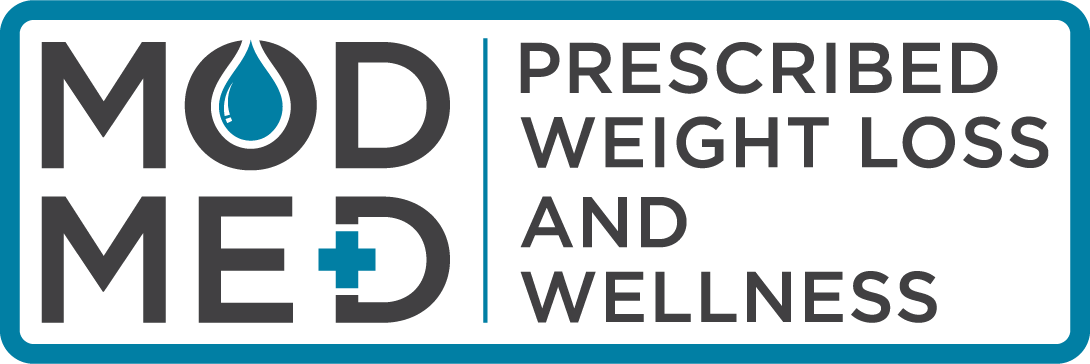GLP-1 RAs and Hair Loss
GLP-1 RAs and Hair Loss
While not a direct side-effect of GLP-1 medications, reports that rapid weight loss, which can occur with GLP-1s may temporarily disrupt the hair growth cycle, leading to hair loss. This condition is called telogen effluvium , a temporary condition where more hair sheds than usual and should resolve once weight stabilizes. Telogen effluvium is also the known occurrence at the postpartum interval after pregnancy/delivering a baby that many women have noticed.
Temporary Telogen Effluvium
Rapid weight loss, a common outcome of GLP-1 therapy, can trigger telogen effluvium, a type of hair shedding where hair enters the shedding phase prematurely.
Hormonal Fluctuations
GLP-1s can affect hormone levels, potentially contributing to hair loss.
Example, during pregnancy estrogen levels are very high causing a prolonged active growth phase and then from delivery and the first few months postpartum the drop in estrogen is tremendous sending hair into the resting phase (telogen)
Nutrient Deficiencies
Rapid weight loss can sometimes lead to nutrient deficiencies when can also negatively impact hair health.
Stress
Both the weight loss process and the stress of managing a chronic condition can contribute to telogen effluvium.
It should be noted that hair loss is common complaint after months of GLP-1 use but it actually affects a very small number of users.
It is usually temporary - few months until active/new hair growth cycle (anagen) begins again. See hair growth cycle below.
Recommendation:
Prioritize nutrition: ensure you’re getting adequate protein and essential nutrients. adequate protein intake is generally considered 1/2 gram of protein per pound of body weight (ie 200 lbs person should consume at least 100 grams in protein on a daily basis) or 1gram of protein per kilogram of body weight. A daily multivitamin is always recommended
Gentle hair care: be gentle when brushing, washing, styling hair
Avoid tight hairstyles: opt for loose hairstyles to minimize stress on the scalp
Manage stress: implement stress-reducing techniques
Be Patient: Telogen effluvium is Usually temporary and your hair should eventually regrow/new growth phase begins in several months
Hair Growth Cycle
The hair growth cycle has four phases: anagen (growth), catagen (transition), and telogen (resting, exogen (shedding)). Each phase is characterized by different stages of hair follicle activity and hair growth/loss.
Anagen phase - active growth phase, hair follicle produces hair and is in its onion-like shape, cells within hair follicle rapidly divide causing hair shaft to lengthen, anagen phase can last for 2-6 years.
Catagen phase - brief transitional phase where hair follicle activity slows down and hair shaft begins to shrink —> then hair follicle shrivels and the root attaches to its follicle, the catagen phase lasts for about 2 to 4 weeks.
Telogen phase - this is a resting phase where the hair follicle is inactive and the hair shaft is no longer growing, the hair is attached to the follicle but its ready to shed, the telogen phase lasts for about 2-3 months.
Exogen phase - the old hair is shed and the follicle prepares for a new cycle.
And then a new anagen phase begins. The cycle continues.
